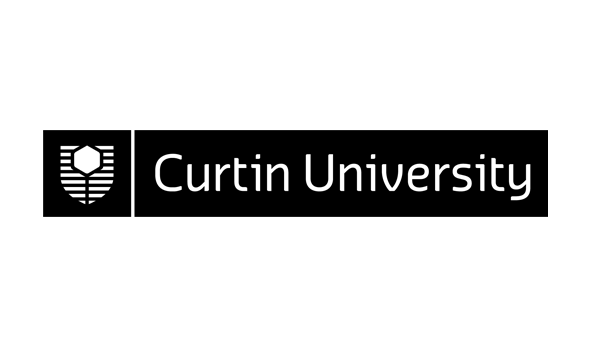302862 (v.1) Finite Element Analysis 431
Area: |
Department of Mechanical Engineering | ||||||||||||||||||||||||||||||||
Credits: |
25.0 | ||||||||||||||||||||||||||||||||
Contact Hours: |
4.0 | ||||||||||||||||||||||||||||||||
| ** The tuition pattern below provides details of the types of classes and their duration. This is to be used as a guide only. For more precise information please check your unit outline. ** | |||||||||||||||||||||||||||||||||
Lecture: |
1 x 2 Hours Weekly | ||||||||||||||||||||||||||||||||
Laboratory: |
1 x 2 Hours Fortnightly | ||||||||||||||||||||||||||||||||
Prerequisite(s): |
308802 (v.1) Strength of Materials 232 or any previous version AND 308815 (v.1) Automatic Control 333 or any previous version |
||||||||||||||||||||||||||||||||
Syllabus: |
Direct method - stiffness matrices for spring element, tensile element and torsion element. Element assembly and solution for unknowns. Influence of node numbers on element assembly. Direct method - stiffness matrix for a simple plane beam element. Formulation of stiffness matrices using Rayleigh-Ritz method. Interpolation function (or shape function) formulation. Lagrange's interpolation formula and Hermitian interpolation formula. Finite Element Formulation for an Euler beam element. Higher order beam elements. Introduction to ANSYS, a general purpose finite element (FE) package. Mass matrix, mass condensation and Guyan reduction. Finite elements in vibrations. Isoparametric elements. Finite elements for plates. Gauss quadrature. Symmetry and substructures. | ||||||||||||||||||||||||||||||||
| ** To ensure that the most up-to-date information about unit references, texts and outcomes appears, they will be provided in your unit outline prior to commencement. ** | |||||||||||||||||||||||||||||||||
Field of Education: | 030701 Mechanical Engineering | ||||||||||||||||||||||||||||||||
Funding Cluster: | 08 - Engineering, Science, Surveying | ||||||||||||||||||||||||||||||||
SOLT (Online) Definitions*: | Informational *Extent to which this unit or thesis utilises online information | ||||||||||||||||||||||||||||||||
Result Type: | Grade/Mark | ||||||||||||||||||||||||||||||||
Availability |
|||||||||||||||||||||||||||||||||
|
|||||||||||||||||||||||||||||||||

